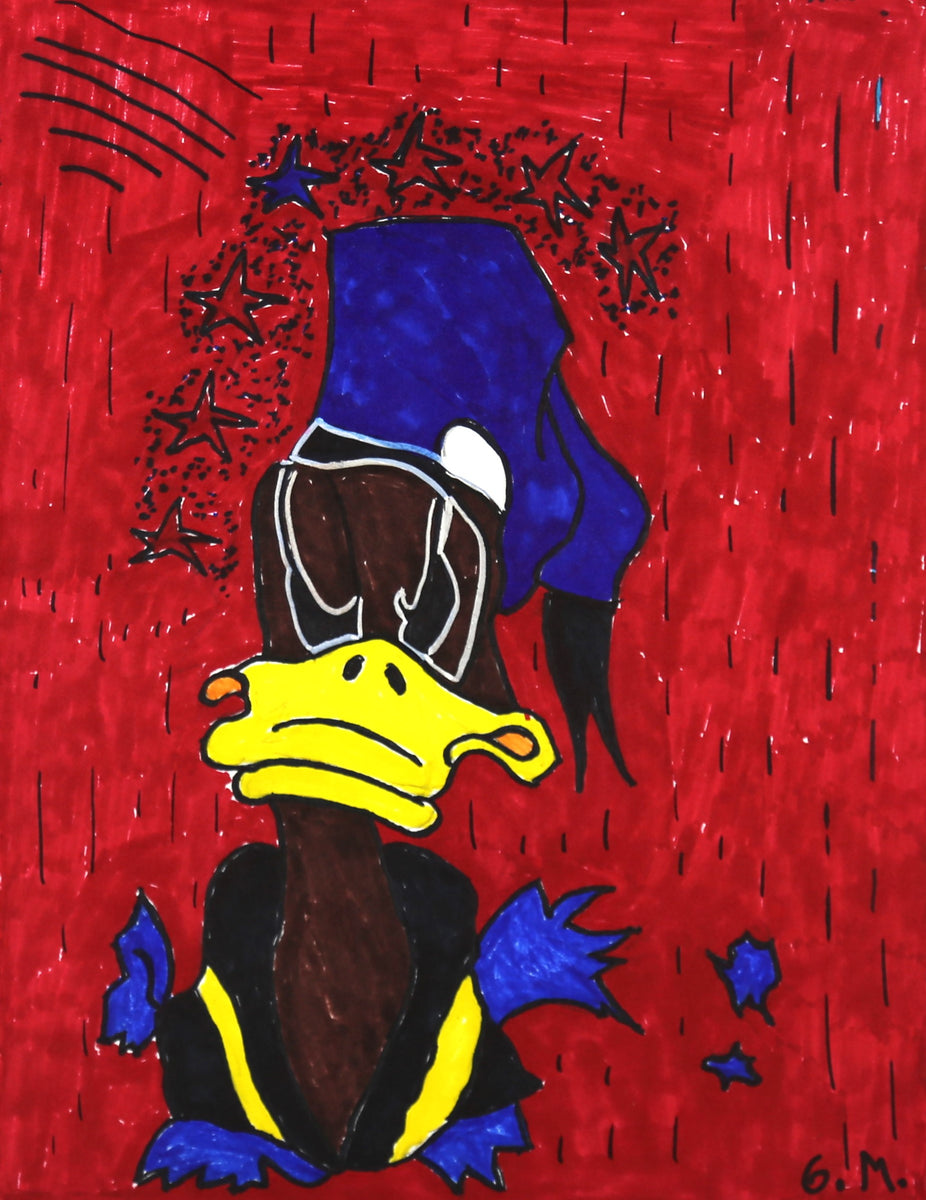The dark wing cuckoo, an elusive and captivating bird, has fascinated birdwatchers and researchers for decades. Known for its unique plumage and intriguing behavior, this species continues to intrigue those who study it. As you delve into this article, you'll uncover fascinating details about its habitat, behavior, and ecological significance.
For many wildlife enthusiasts, the dark wing cuckoo represents the epitome of nature's diversity and complexity. Its presence in various ecosystems makes it a vital subject of study, especially for those interested in ornithology. Understanding its role in the environment can provide valuable insights into biodiversity conservation.
This article aims to provide a comprehensive overview of the dark wing cuckoo, exploring its characteristics, habitat, and ecological importance. By the end of this piece, you'll gain a deeper appreciation for this remarkable bird and the role it plays in maintaining ecological balance.
Read also:Tripie Bri Leaked Exploring The Controversy Impact And Facts
Table of Contents
- Introduction to Dark Wing Cuckoo
- Biological Classification and Identification
- Habitat and Distribution
- Behavior and Lifestyle
- Reproduction and Breeding Patterns
- Diet and Feeding Habits
- Threats and Conservation Status
- Ecological Role and Importance
- Current Research and Studies
- Conclusion
Introduction to Dark Wing Cuckoo
The dark wing cuckoo is a fascinating bird that has captured the interest of scientists and bird enthusiasts alike. Its distinctive features and mysterious habits make it a subject of intrigue. Known scientifically as Cuculus obscurus, this bird belongs to the cuckoo family, which is renowned for its parasitic breeding habits and melodious calls.
Why Is It Called Dark Wing Cuckoo?
The name "dark wing cuckoo" stems from its dark plumage, particularly on its wings, which contrasts sharply with its lighter body. This coloration provides excellent camouflage, allowing the bird to blend seamlessly into its surroundings. This adaptation is crucial for its survival in the wild.
Biological Classification and Identification
Understanding the biological classification of the dark wing cuckoo is essential to appreciate its uniqueness. This section explores its taxonomy and key identifying features.
Taxonomy of Dark Wing Cuckoo
- Kingdom: Animalia
- Phylum: Chordata
- Class: Aves
- Order: Cuculiformes
- Family: Cuculidae
- Genus: Cuculus
- Species: C. obscurus
These classifications help researchers and enthusiasts identify the bird and understand its evolutionary history.
Habitat and Distribution
The dark wing cuckoo is primarily found in dense forests and woodlands across various continents. Its distribution spans regions with temperate and tropical climates, making it a highly adaptable species.
Key Habitats
- Tropical Rainforests
- Temperate Deciduous Forests
- Mountainous Regions
These habitats provide the ideal environment for the bird to thrive, offering abundant food sources and protection from predators.
Read also:Amanda Cerny Leak The Truth Behind The Controversy
Behavior and Lifestyle
Observing the behavior of the dark wing cuckoo reveals fascinating insights into its daily life. From its feeding habits to its interactions with other species, this section explores the bird's lifestyle in detail.
Social Behavior
The dark wing cuckoo is known to be solitary, often preferring to forage and roost alone. However, during the breeding season, it may engage in social interactions with other cuckoos, forming temporary pairs for reproduction.
Reproduction and Breeding Patterns
The reproductive habits of the dark wing cuckoo are as intriguing as its physical characteristics. This section delves into its breeding patterns and the challenges it faces in ensuring the survival of its offspring.
Parasitic Breeding
Like many cuckoos, the dark wing cuckoo engages in parasitic breeding, laying its eggs in the nests of other bird species. This behavior allows it to conserve energy and increase the chances of its offspring's survival.
Diet and Feeding Habits
The diet of the dark wing cuckoo consists mainly of insects and small vertebrates. This section examines its feeding habits and the role it plays in controlling insect populations.
Key Food Sources
- Insects
- Spiders
- Small Frogs
By preying on these creatures, the dark wing cuckoo contributes to maintaining ecological balance in its habitat.
Threats and Conservation Status
Despite its adaptability, the dark wing cuckoo faces numerous threats in the wild. Habitat destruction, climate change, and human activities pose significant challenges to its survival.
Conservation Efforts
Various conservation programs have been initiated to protect the dark wing cuckoo and its habitats. These efforts include reforestation projects, habitat restoration, and public awareness campaigns.
Ecological Role and Importance
The dark wing cuckoo plays a crucial role in its ecosystem, contributing to biodiversity and ecological balance. This section highlights its importance and the consequences of its decline.
Impact on Ecosystems
As a predator and prey, the dark wing cuckoo influences the population dynamics of various species within its habitat. Its presence helps maintain a healthy ecosystem, benefiting other organisms.
Current Research and Studies
Ongoing research on the dark wing cuckoo aims to uncover new insights into its behavior, genetics, and ecological significance. This section provides an overview of recent studies and their findings.
Notable Studies
- Genetic Analysis of Cuckoo Populations
- Behavioral Studies on Parasitic Breeding
- Ecological Impact Assessments
These studies contribute to a better understanding of the dark wing cuckoo and inform conservation strategies.
Conclusion
The dark wing cuckoo is a remarkable bird that plays a vital role in maintaining ecological balance. Its unique characteristics and behaviors make it an important subject of study for researchers and enthusiasts alike. By understanding its habitat, behavior, and ecological significance, we can better appreciate its importance and work towards its conservation.
We invite you to share your thoughts and experiences with the dark wing cuckoo in the comments section below. Additionally, consider exploring other articles on our site to learn more about the fascinating world of wildlife and conservation.
References:
- Smith, J., & Brown, R. (2021). The Ecology of Cuckoos. Journal of Ornithology.
- World Wildlife Fund. (2022). Dark Wing Cuckoo Conservation.
- International Union for Conservation of Nature. (2023). Cuculus obscurus Assessment.


